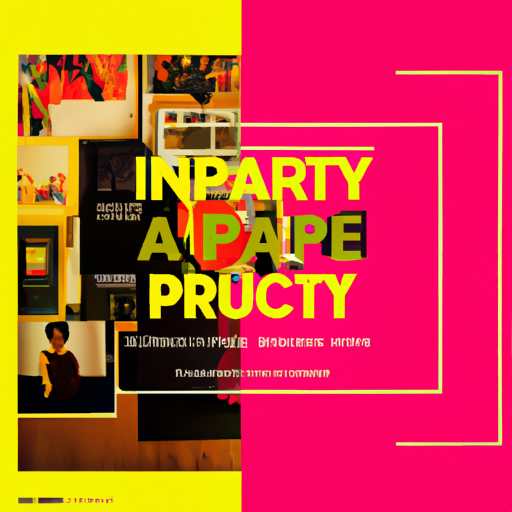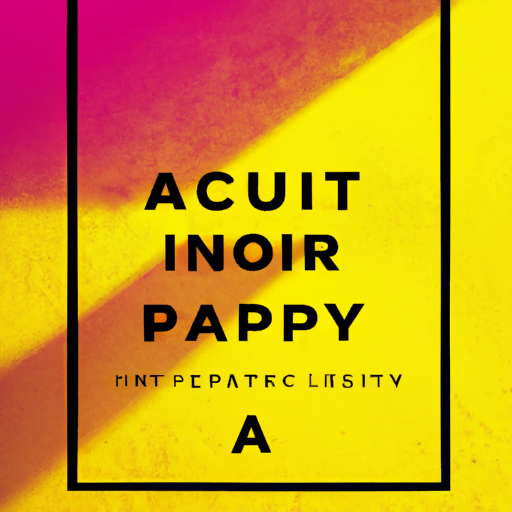
-
Table of Contents
Typography in Social Impact Campaigns: Inspiring Change

Typography plays a crucial role in the success of social impact campaigns. It has the power to evoke emotions, convey messages, and inspire action. In this article, we will explore the significance of typography in social impact campaigns and how it can be used effectively to inspire change.
The Power of Typography
Typography is more than just selecting a font or arranging letters on a page. It is a powerful tool that can shape perceptions, influence behavior, and create a lasting impact. When used strategically, typography can amplify the message of a social impact campaign and engage the audience on a deeper level.
Typography has the ability to evoke emotions and create a sense of urgency. For example, bold and impactful fonts can convey a sense of urgency and importance, while softer and more delicate fonts can evoke a feeling of compassion and empathy. By carefully selecting the right typography, social impact campaigns can effectively communicate their message and inspire action.
Creating Visual Hierarchy
One of the key aspects of typography in social impact campaigns is creating a visual hierarchy. Visual hierarchy refers to the arrangement of text elements in a way that guides the viewer’s attention and emphasizes the most important information.
By using different font sizes, weights, and styles, social impact campaigns can create a clear visual hierarchy that directs the viewer’s focus. For example, the headline of a campaign may be displayed in a large and bold font, while supporting information is presented in a smaller and lighter font. This helps to prioritize the main message and make it more memorable.
Additionally, typography can be used to highlight key statistics or facts in a campaign. By using a different font style or color, important information can stand out and grab the viewer’s attention. This technique is particularly effective in conveying the urgency of a social issue or highlighting the impact of a campaign.
Case Study: “Love Has No Labels”
A notable example of typography in a social impact campaign is the “Love Has No Labels” campaign by the Ad Council. The campaign aimed to promote diversity and inclusion by challenging people’s biases and stereotypes.
The typography used in the campaign played a crucial role in conveying its message. The campaign’s logo featured the words “Love Has No Labels” in bold and uppercase letters, with each word separated by a heart symbol. This typography choice emphasized the message of love and unity, while also creating a visual hierarchy by making the word “Love” the most prominent.
Throughout the campaign, typography was used to highlight key statistics and facts about diversity and inclusion. For example, in one of the campaign videos, statistics such as “1 in 3 LGBTQ youth feel unsafe at school” were displayed in large and bold fonts, making them impossible to ignore. This use of typography helped to raise awareness about the issues and inspire action.
Choosing the Right Typeface
When selecting a typeface for a social impact campaign, it is important to consider the overall message and target audience. Different typefaces have different personalities and evoke different emotions.
Serif typefaces, with their traditional and classic appearance, can convey a sense of trust and authority. They are often used in campaigns that aim to promote credibility and professionalism. On the other hand, sans-serif typefaces have a more modern and clean look, which can be suitable for campaigns targeting a younger audience or those that want to convey a sense of innovation and progress.
Typography can also be used to reflect the cultural context of a social impact campaign. For example, campaigns that focus on indigenous rights or cultural preservation may choose to use typefaces inspired by traditional art or calligraphy.
Typography and Accessibility
Accessibility is a crucial consideration in social impact campaigns. Typography plays a significant role in ensuring that the campaign’s message is accessible to all individuals, including those with visual impairments or reading difficulties.
When designing typography for social impact campaigns, it is important to consider factors such as font size, contrast, and readability. Using a font size that is large enough to be easily read, ensuring sufficient contrast between the text and background, and selecting a typeface that is legible are all essential for creating an inclusive campaign.
Additionally, typography can be used to create alternative formats for individuals with visual impairments. For example, braille versions of campaign materials can be created using tactile typography, allowing visually impaired individuals to engage with the campaign’s message.
Conclusion
Typography is a powerful tool in social impact campaigns. It has the ability to evoke emotions, create visual hierarchy, and convey messages effectively. By carefully selecting the right typography, social impact campaigns can inspire change, raise awareness, and engage their audience on a deeper level.
Through case studies like the “Love Has No Labels” campaign, we can see how typography can be used to amplify the message of a campaign and create a lasting impact. By choosing the right typeface, considering accessibility, and creating a clear visual hierarchy, social impact campaigns can effectively communicate their message and inspire action.
As social impact campaigns continue to play a crucial role in addressing important issues in our society, typography will remain a vital element in creating meaningful and impactful campaigns. By harnessing the power of typography, we can inspire change and make a difference in the world.
